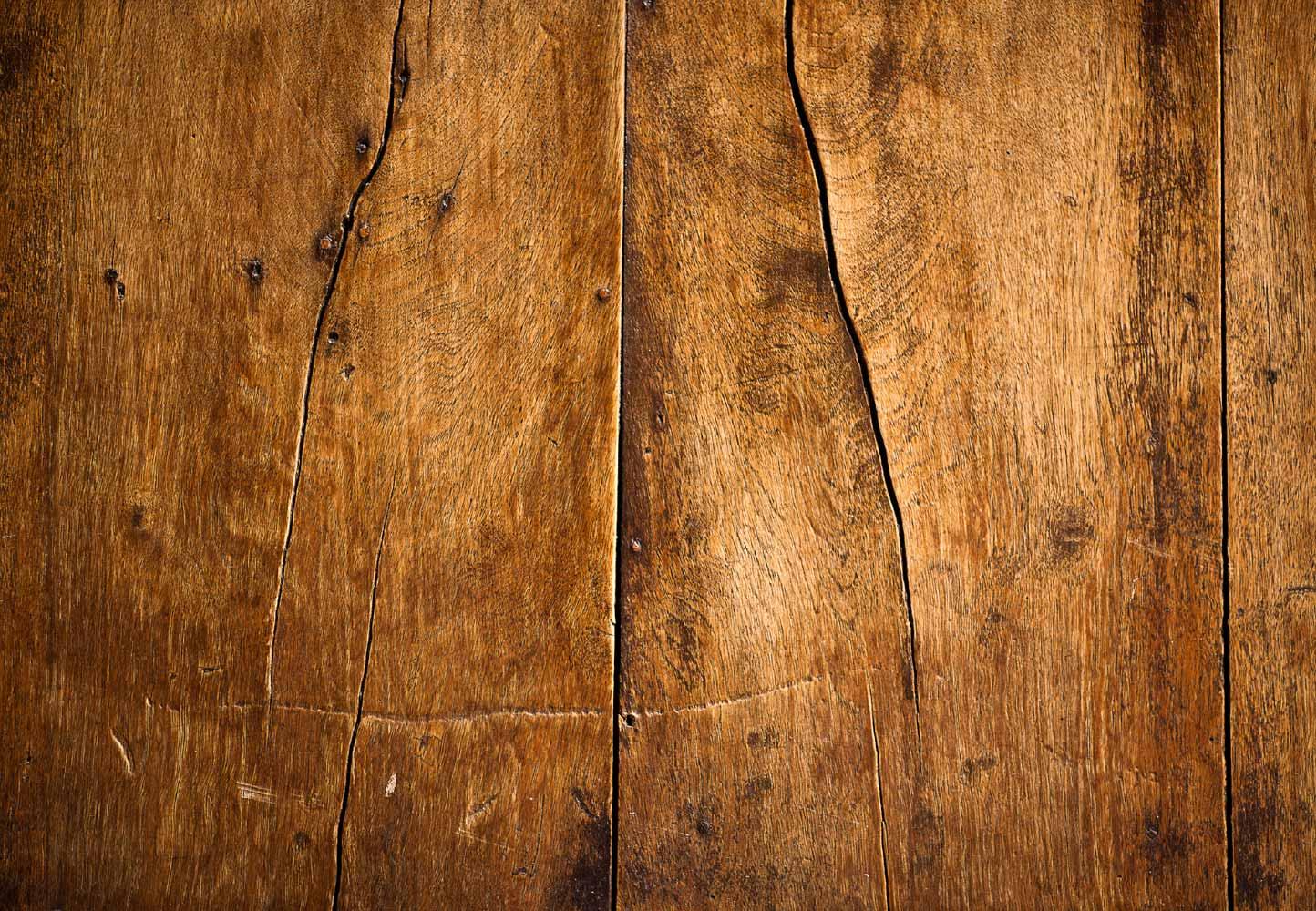
Great Pacific Garbage Patch
What is it about?
What is the Great Pacific Garbage Patch?
How did the Great Pacific Garbage Patch form?
It is formed by the six main gyres, slow spirals of currents, which drag the rubbish to the North Pacific Subtropical Convergence Zone. The North Pacific Subtropical Convergence Zone is an area of water where warmer water from the South Pacific ocean crashes into colder water of the North Pacific ocean. The convergence zone is where the trash collects to form the Great Pacific Garbage Patch.
Where is the Great Pacific Garbage Patch?
The garbage patch is located in two areas between Japan and California.
Where has the rubbish come from?
The rubbish comes from all around the world and it is mainly plastics which cannot be decomposed. This is the plastics that we just throw on the ground and they then get blown by the winds and go through the drains into our ocean sand from there to the Great Pacific Garbage Patch.
Environmental issues/concerns caused by the Great Pacific Garbage Patch
Rubbish causes marine life to become entangled. One great danger is fishing nets and other marine debris such as plastic. When marine life are suspended in a fishing net or stuck in plastic, this can be harmful and they can become endangered.
Plastic bits thicken the surface of the water when sunlight breaks down the marine debris. Photo-degradation is very bad for a number of reasons. Firstly, the plastic contains harmful chemicals, and secondly, the plastic can absorb pre-existing pollutants.
A seal entangled in some garbage
A jellyfish caught in rubbish
A teddy bear entangled in a net
What steps are being taken to rectify/fix the problem?
There are research teams spending time on figuring out a way to get rid of the garbage patch and they have been testing the plastics but have not yet found a solution to the problem but in the mean time we can make sure that we put all of our rubbish especially plastics in the bin instead of on the ground.








